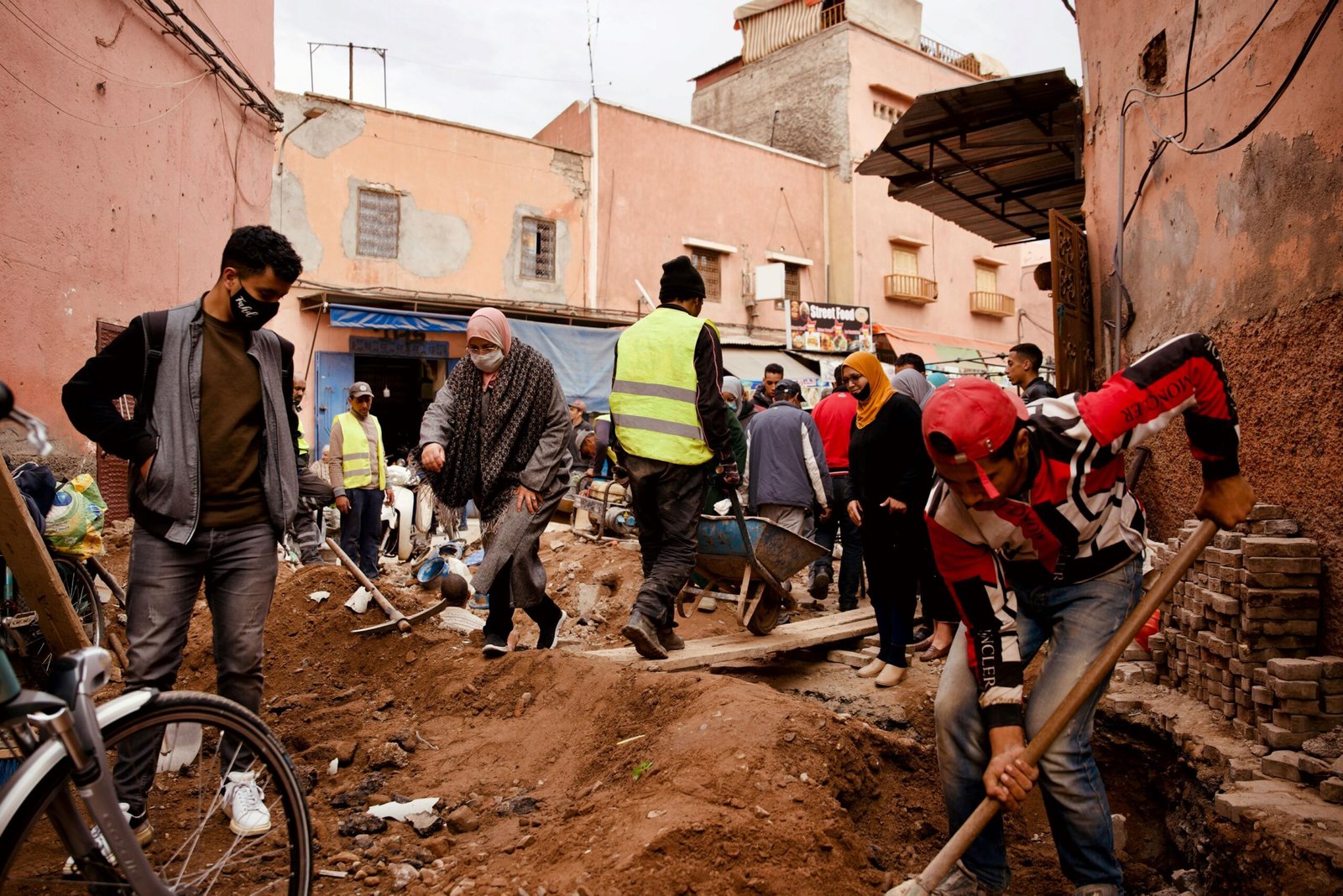Enhancing Community Engagement for Sustainable Development with the Farreach 1 Toolkit
Understanding Community Engagement
Community engagement refers to the process through which individuals and groups come together to collaboratively address issues that impact their shared environment and well-being. In the context of sustainable development, effective community engagement is paramount, as it ensures that local voices are heard and integrated into the planning and implementation phases of projects. This participatory approach not only empowers community members but also leads to more relevant and sustainable outcomes, as local insights often reflect the unique challenges and opportunities faced by the community.
The importance of community engagement in sustainable development lies in its ability to foster trust, enhance transparency, and improve relationship-building among stakeholders. When community members actively participate in decision-making, they are more likely to take ownership of initiatives, which contributes to the durability and success of development efforts. This active involvement can manifest in numerous ways, ranging from community forums to public consultations, enabling a dynamic dialogue that goes beyond mere communication.
However, fostering such engagement is not without its challenges. Barriers can arise from cultural differences, lack of awareness, insufficient resources, or resistance from established power structures. These obstacles can hinder meaningful participation, limiting the effectiveness of development projects. Consequently, structured methodologies such as the Farreach 1 Toolkit are crucial. This toolkit offers systematic approaches to facilitate community engagement, helping to identify local needs, mobilize resources, and establish inclusive dialogue channels. By utilizing such structured methodologies, communities can navigate barriers more effectively, ensuring that development initiatives are not only inclusive but also resonate with the aspirations of local residents.
Introducing the Farreach 1 Toolkit
The Farreach 1 Toolkit is a strategic resource designed to foster community engagement in pursuit of sustainable development goals. This toolkit provides a comprehensive framework that empowers communities to actively participate in the decision-making processes that affect their social, economic, and environmental futures. Recognizing the importance of local context, the toolkit is built upon core components that prioritize collaboration and inclusivity.
Central to the Farreach 1 Toolkit is its participatory approach, which encourages local stakeholders to be involved every step of the way. By employing various data collection methods, the toolkit ensures that the voices of community members are not only heard but also integrated into planning and implementation strategies. These methods include surveys, focus group discussions, and stakeholder mapping, all designed to capture a broad spectrum of perspectives. This inclusive approach is crucial for building the trust and collaborative relationships necessary for successful engagement.
Each element of the Farreach 1 Toolkit is customizable, allowing for adaptation to the unique needs and dynamics of different communities. Customization enables stakeholders to modify components such as engagement strategies, communication techniques, and feedback mechanisms to align with local cultural practices and societal structures. This flexibility is a significant advantage, as it allows communities to take ownership of the engagement process, fostering a sense of empowerment and shared responsibility.
By utilizing the Farreach 1 Toolkit, communities can effectively enhance their engagement in sustainable development initiatives. The strong emphasis on participatory techniques not only promotes inclusivity but also strengthens the overall effectiveness of development efforts. As communities work together to navigate challenges, the toolkit serves as a crucial guide, enhancing relationships among stakeholders and paving the way for more sustainable and impactful outcomes.
Implementing the Farreach 1 Toolkit for Effective Engagement
The implementation of the Farreach 1 Toolkit begins with a comprehensive planning phase, which is crucial for fostering effective engagement in community settings. First, it is essential to identify the community’s primary needs by conducting surveys, interviews, and focus groups. This preliminary assessment helps in setting clear objectives aligned with the community’s expectations. Establishing these objectives enables facilitators to tailor the toolkit’s activities to better serve the participants, ensuring that their interests are accurately represented and addressed.
Once the planning phase is complete, the toolkit’s components can be employed to conduct interactive workshops. Facilitators should create an inclusive atmosphere where participants feel motivated to contribute. This can be achieved through ice-breaker activities that encourage collaboration and openness. Utilizing visuals and hands-on exercises aids in maintaining engagement throughout the workshops. It is imperative to leverage the various tools within the Farreach 1 Toolkit, such as brainstorming sessions and role-playing exercises, to stimulate discussion and creativity among participants.
Collecting feedback is another vital component of the engagement process. Utilizing methods such as feedback forms or digital platforms ensures that participants can share their thoughts on the workshop sessions. It is also beneficial to facilitate group discussions post-workshop to harvest insights directly from participants. This improves the iterative process of the toolkit, allowing for adaptations based on active participation and input.
Finally, to ensure that all voices are heard and valued, best practices must be in place. This may include recognizing each participant’s contributions throughout the sessions and providing follow-up communication post-engagement. Case studies demonstrating successful implementations of the Farreach 1 Toolkit reveal that when participants feel acknowledged, the overall success of community engagement significantly increases. Engaging stakeholders consistently will not only deepen their commitment but also encourage ongoing participation in community development initiatives.
Measuring Impact and Sustainability
Measuring the impact of community engagement initiatives is critical for assessing the effectiveness and sustainability of projects facilitated by the Farreach 1 Toolkit. To achieve this, specific metrics should be established to evaluate engagement levels and the resulting outcomes of community projects. These metrics may include participation rates, qualitative feedback from community members, and the long-term benefits of the projects on the community’s social and economic fabric.
One effective way to capture and analyze data is through surveys and interviews that allow participants to express their experiences and satisfaction levels. By leveraging this qualitative data, community leaders can gain valuable insights into the perceived impact of their initiatives. Additionally, tracking quantitative metrics, such as the number of active participants, funds raised, or resources distributed, can provide a clearer picture of community engagement effectiveness.
Identifying trends and areas for improvement is essential for fostering a culture of ongoing evaluation. Using data visualization tools can help in analyzing the collected data, making it easier to disseminate information to stakeholders and the broader community. Furthermore, documenting successes can inspire replication in other areas, contributing to a wider range of sustainable development efforts.
Long-term sustainability of community engagement initiatives requires strategic planning and continued involvement from community members. Facilitating training sessions or workshops can empower local leaders to take ownership of ongoing projects. Establishing partnerships with local organizations can also enhance resource mobilization, ensuring that momentum is maintained even after initial projects conclude. By prioritizing sustainability, communities can continue to thrive, driving continuous improvement and fostering an enduring sense of community engagement.


